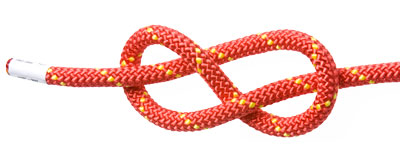This past Sunday was the second practice for our JV sailing team, and our first practice learning about working with wind directions. It was a super interesting practice because Cadboro Bay had very minimal wind.
Before we rigged our boats, we headed to the whiteboard to discuss the drills of the day. The drills included a figure 8 course, which I discussed in my last free inquiry post – titled ‘First Sailing Drills’. This course was slightly trickier at this practice, however, because our course was shortened. The shortened course was to force more boat to boat interactions, which it definitely did. After this course, we learned a new one called ‘windward leeward. Windward refers to the boat moving upwind, whereas leeward refers to it going downwind. This course pushes the idea of wind directions and the tautness of your sails in specific wind types. For example, letting out my sail during the leeward side of the course allowed for slightly more speed.
In my last post, I also mentioned watching people rig the boats and trying to learn this as well. This time, I assisted with rigging and did more hands on learning of the knots and ropes. One major knot is the figure 8 knot, which I have pictured below! It was exciting to be able to more fully understand how to rig a boat, and the steps to make sure the boat is rigged right.
The goal of our practice this week was two things: wind direction monitoring, and correcting our tacking (tacking is switching sails to the other side of the boat in order to change directions). I learned so much about both of these during the practice, especially about the implications of tacking too early. On the windward leeward course, tacks can significantly impact your speed maintenance. If I tack too soon, it means the wind in my sail slows, and the turn will be brutally slow. This went hand in hand with learning about wind direction. We learned that irons means when the boat is essentially stopped, close-hauled is when the wind is the boat’s side, and more.
Overall, this week focuses on phoning our skills in tacking, which is one of the simpler skills, but one of the most important in sailing! I also wanted to finish off this post by discussing my inquiry question I began with in the start of this blog. It questioned if putting myself in a position to learn something new would help me try to learn more new things. So far, I think it is evident that being able to learn how to sail (which I never thought I could do!) has for sure given me a boast in wanting to learn more things. If I can learn how to sail, what else can I learn to do?


Leave a Reply
You must be logged in to post a comment.